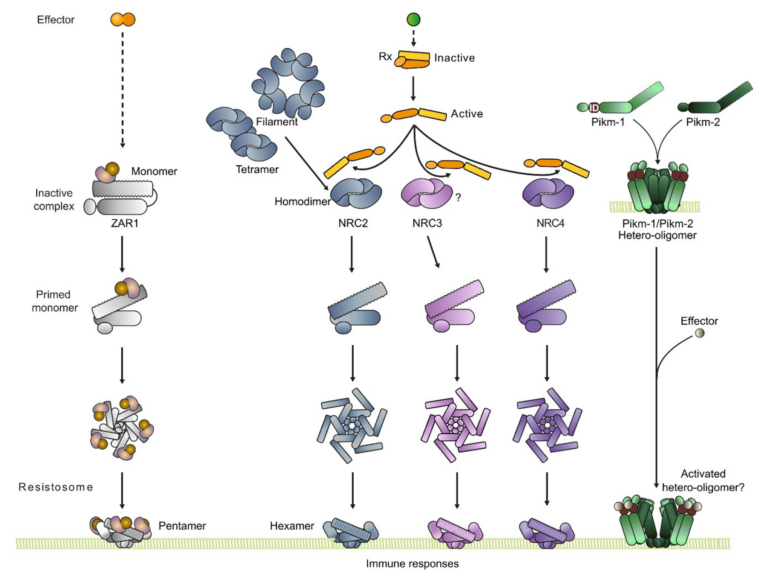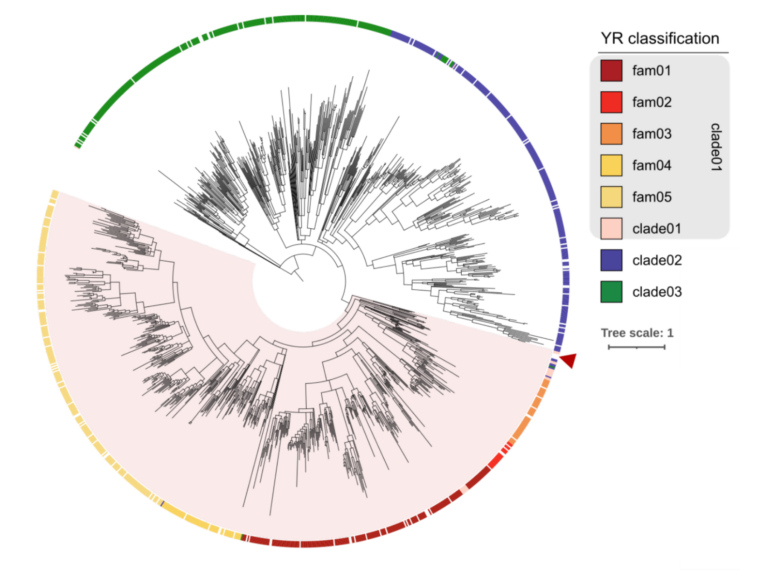Durum wheat mutants with enhanced disease resistance to stripe rust show differential responses to other fungal diseases
Introducing and characterizing variation through mutagenesis plus functional genomics can accelerate resistance breeding as well as our understanding of crop plant immunity. To reveal new germplasm resources for fungal disease resistance breeding in elite durum wheat, we challenged the diverse alleles in a sequenced and cataloged ethyl methanesulfonate mutagenized population of elite tetraploid wheat Triticum turgidum subsp. durum cv 'Kronos' with stripe rust. We screened 2,000 mutant lines and identified sixteen enhanced disease resistance (EDR) lines with persistent resistance to stripe rust over four years of field testing. To find broad-spectrum resistance, we challenged these lines with other major biotrophic and necrotrophic pathogens, including those causing Septoria tritici blotch, tan spot, Fusarium head blight and leaf rust. Enhanced resistance to multiple fungi was found in 13 of 16 EDR lines. Five EDR lines showed spontaneous lesion formation in the absence of pathogens, providing new mutant resources to study plant stress response in the absence of the confounding effects of pathogen infection. We mapped exome capture sequencing data of the EDR lines to a recently released long-read Kronos genome to aid in the identification of causal mutations. We located an EDR resistance locus to an 175 Mb interval on chromosome 1B. Importantly, these phenotypically characterized EDR lines are newly described durum germplasm coupled with improved functional genomics resources that are readily available for both wheat fungal resistance breeding and basic plant immunity research.


